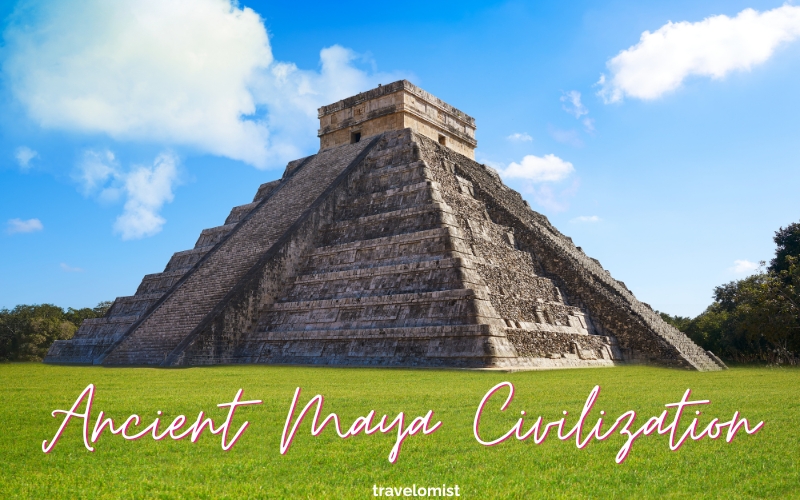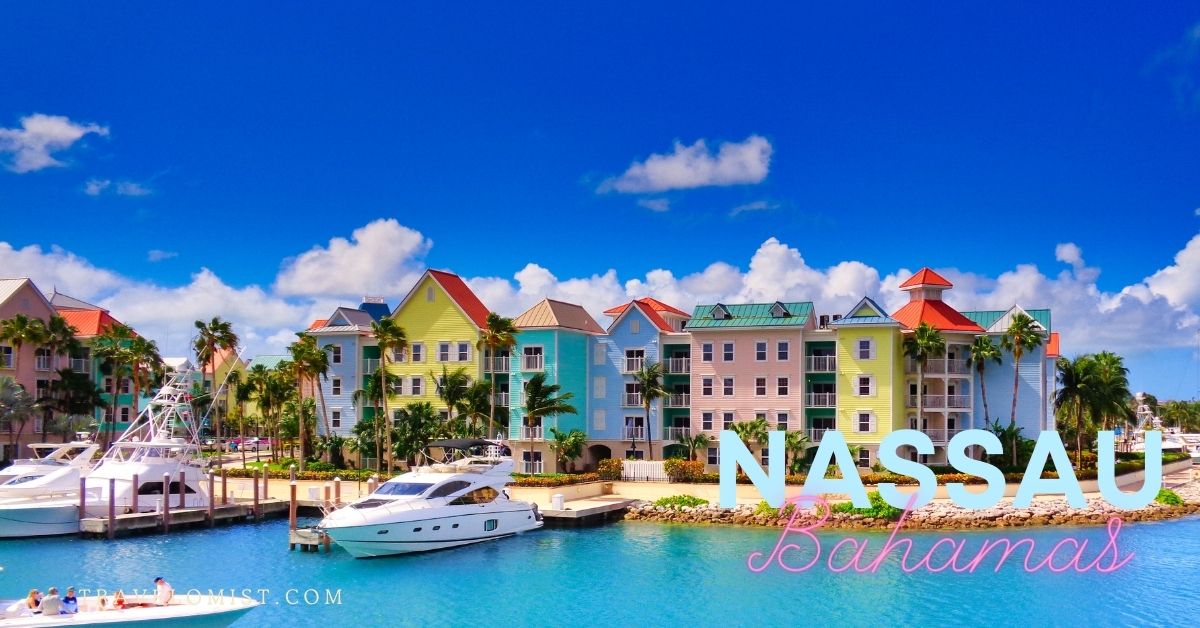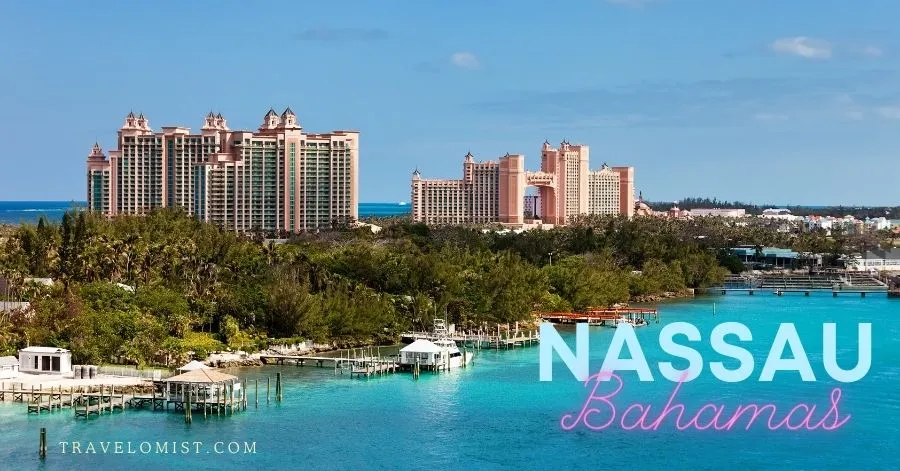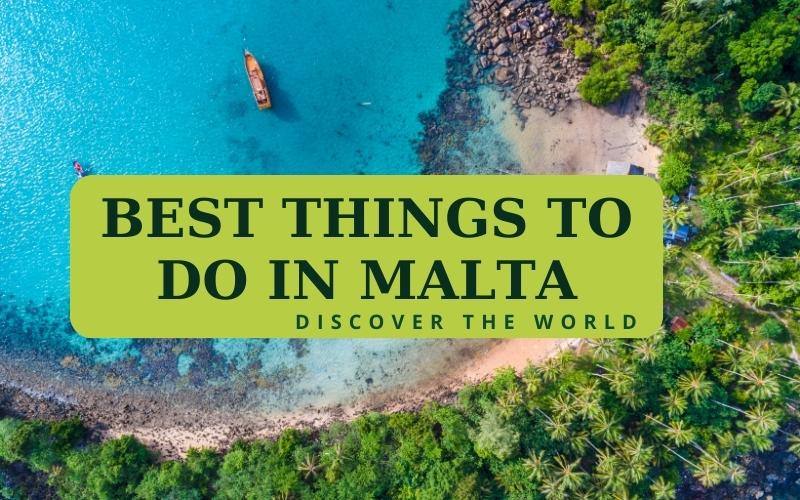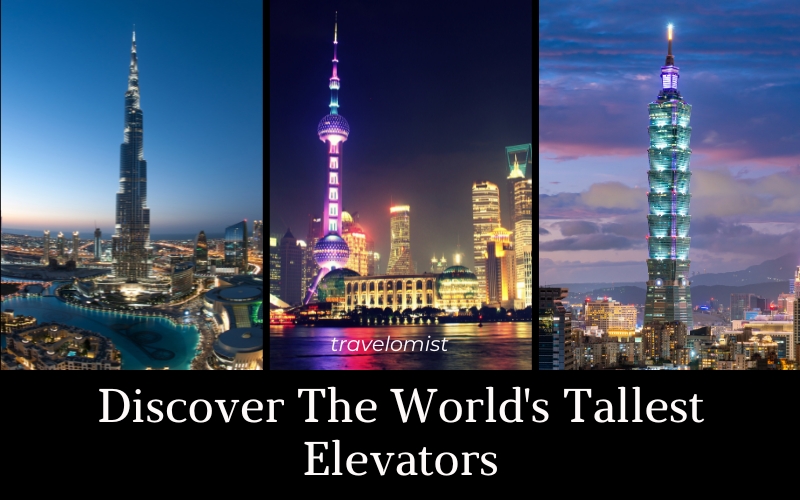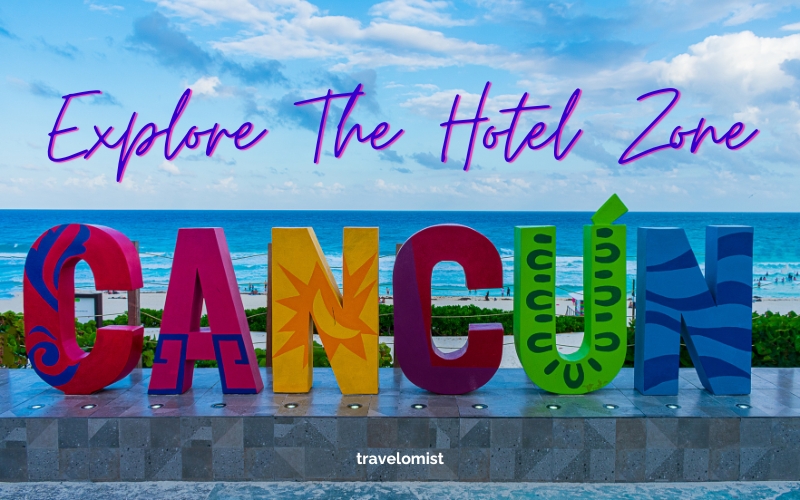The ancient Maya civilization is a captivating chapter in human history that continues to intrigue and mystify scholars and enthusiasts alike. Nestled in the heart of Mesoamerica, the Maya people developed one of the most sophisticated and enduring cultures in the pre-Columbian Americas. With a history spanning over 2,000 years, the Maya civilization left a legacy of astounding achievements in art, astronomy, mathematics, agriculture, and architecture.
In this blog post, we embark on a journey to explore the fascinating world of the ancient Maya, from their origins to their mysterious decline.
Origins of the Maya
The Maya civilization is believed to have emerged around 2000 BCE in the lowland areas of modern-day Mexico, Guatemala, Belize, Honduras, and El Salvador. While the precise origins of the Maya are still a subject of debate among historians and archaeologists, it is clear that they gradually developed a unique and highly advanced society that thrived in a diverse range of environments, from dense jungles to limestone plateaus.
Society and Culture
At its peak, the Maya civilization was made up of a collection of city-states, each with its own ruler, government, and distinct culture. These city-states were often in complex relationships of alliance, tribute, and conflict with one another, resulting in a mosaic of interconnected societies. The Maya people were not a single homogeneous group but rather a collection of diverse communities.
Maya society was structured into distinct classes, with the elite class, including the ruling kings and priests, at the top. Below them were the skilled craftsmen, farmers, and laborers. Slavery was also a part of Maya society, with captured enemies or debtors serving as slaves. In the cities, the Maya built remarkable architectural wonders, including temples, palaces, and ball courts.
Maya Religion and Beliefs
Religion played a central role in Maya life. They believed in a complex pantheon of gods and goddesses who were often associated with natural elements and celestial bodies. One of the most famous gods was Kukulkan (also known as Quetzalcoatl), the plumed serpent deity associated with creation and fertility. The Maya practiced bloodletting rituals and human sacrifices to appease their gods, often involving captured prisoners of war or other individuals.
The Maya also developed a sophisticated calendar system that combined a 260-day ritual calendar (Tzolk’in) and a 365-day solar calendar (Haab’). These calendars were used for various purposes, including scheduling agricultural activities, religious ceremonies, and predicting celestial events.
Maya Achievements in Mathematics and Astronomy
The ancient Maya are renowned for their remarkable achievements in mathematics and astronomy. They developed a positional numeral system, which included the concept of zero, independently of other ancient cultures. Their system was base-20, which means that the numbers were written vertically rather than horizontally as we do today. This mathematical system allowed them to make precise astronomical calculations and construct impressive calendars.
Maya astronomers were keen observers of the night sky, and they accurately predicted celestial events such as solar and lunar eclipses. They also had a deep understanding of the movements of Venus, which was a crucial element in their religious and calendrical systems.
Agriculture and Sustainability
Despite living in a variety of environments, the Maya developed highly effective agricultural practices. They practiced slash-and-burn agriculture, creating swidden fields in the dense rainforests. They grew crops like maize, beans, squash, and chili peppers. Their ability to cultivate crops in such challenging environments allowed their civilization to flourish.
The Maya also built intricate irrigation systems, terraces, and raised fields, which allowed them to manage water resources efficiently and adapt to changing environmental conditions. These sustainable agricultural practices contributed to the longevity of their civilization.
The Mysterious Collapse
One of the greatest enigmas in Maya history is the sudden decline of their civilization. By the 8th and 9th centuries, many Maya city-states in the southern lowlands began to collapse. The reasons for this collapse are still debated among scholars, but various factors may have played a role. These include overpopulation, environmental degradation due to deforestation, warfare, and social and political upheaval.
The Maya did not vanish entirely, however. While many cities in the southern lowlands were abandoned, Maya culture and civilization persisted in the northern Yucatán Peninsula and other regions. Their descendants continue to inhabit these areas today.
Exploring the Maya Today
The legacy of the ancient Maya continues to captivate the world. Tourists and archaeologists alike visit Maya ruins such as Tikal in Guatemala, Chichen Itza in Mexico, and Caracol in Belize. These sites offer glimpses into the grandeur of Maya architecture, art, and culture.
Maya civilization has also had a profound influence on the modern Maya people, who maintain their unique traditions, language, and customs. Today, efforts are being made to preserve and document the rich cultural heritage of the Maya, from their traditional clothing to their agricultural practices.
In conclusion, the ancient Maya civilization stands as a testament to the incredible achievements of human societies. From their awe-inspiring architecture to their advancements in mathematics and astronomy, the Maya have left an indelible mark on the world. The mysterious collapse of their southern lowland cities continues to be a subject of intrigue and debate, reminding us of the delicate balance between human societies and their environments. As we explore the ancient Maya, we gain not only a deeper understanding of the past but also a profound appreciation for the enduring legacy of this remarkable civilization.

